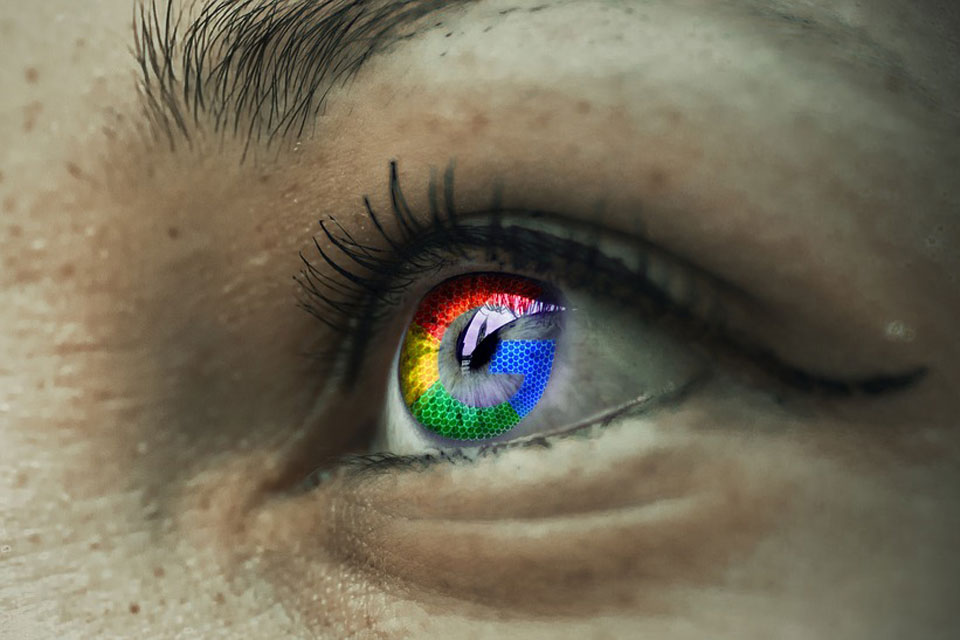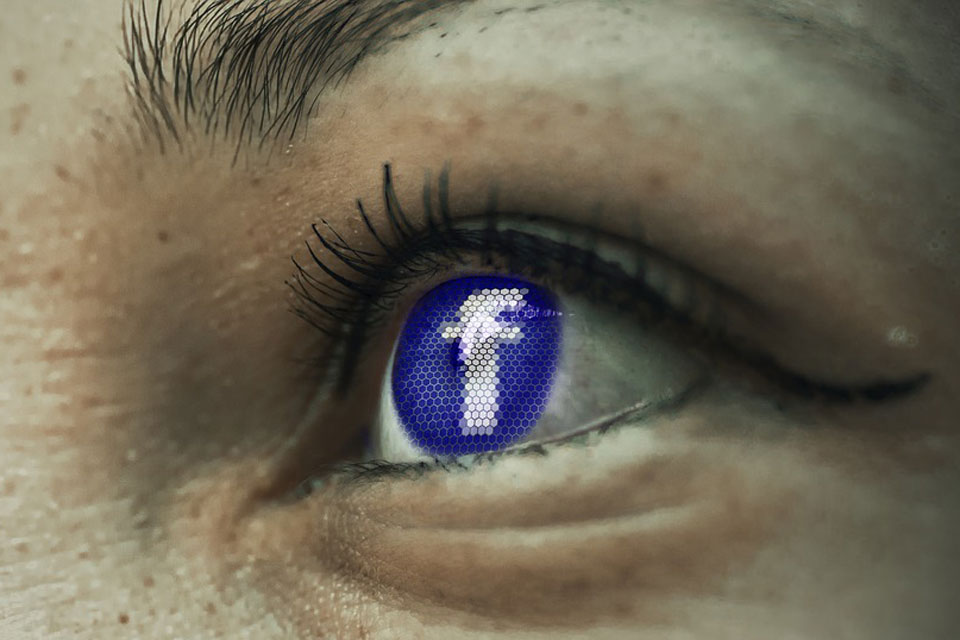Marketing excellence is a prerequisite to 21st century business success. But while budgets soar and CMO profiles rise, escalating marketing awareness to board level is creating a dangerous fragmentation of the marketing strategy.
Good CMOs are, unfortunately, spending more time justifying strategy than delivering. They are navigating a c-suite often polarised between brand and demand; obsessed with performance and ROI. They have to explain why it is important to explore multiple digital channels to market, even if one outperforms the others. Less confident individuals are caving in to pressure – undermining business performance as a result.
With the latest generation of marketing recruits demonstrating more confidence with marketingtechnology (MarTech) than converting sentiment into effective creatives, the essence of successful marketing risks being side-lined just as it is becoming more important than ever. Norman Guadagno, CMO, Acoustic, explains why good marketing is a holistic mix of brand and demand — and why MarTech should support, not replace, creative expertise…
Centre Stage
Marketing has never been more important. In a world where the quality of customer experience dominates consumer and, therefore, corporate thinking, marketing is at the centre of many business initiatives. According to the latest CMO Survey, 73% of UK marketing leaders confirm the role of marketing in their companies increased in importance during the last year.
Yet this strategic role creates new challenges for marketers. CMOs have the ear of the board – even a seat at the board – for the first time, and very few c-suites have any real insight into the complexities or intricacies of successful marketing. This is understandable, to a degree, given the astonishing pace with which marketing has evolved over the past decade, from the increasing sophistication of new digital channels to the ever-extending marketing technology stack.
The result, however, is often divergent attitudes and priorities. For every board member citing the Oatly story, the company that has built a $10 billion ‘oat and water’ business on the back of a brand image that resonates with a health, environmental and wellness-focused customer audience, will be another lauding the value of demand-focused marketing, with the ability to compare lead generation performance in granular detail across a multiplicity of channels.
Brand and Demand
Both points-of-view have merit – but they are driving a worrying fragmentation in marketingactivity. CMOs are spending less time creating strategy and far more refereeing misinformed ‘brand’ versus ‘demand’ battles in the board room.
Brand and demand are two sides of the same coin. A brilliantly crafted demand generation campaign that presents the perfect message, in front of the ideal prospect, at the best time, will deliver far better results if that prospect already has some form of brand knowledge and understanding. Operating a demand campaign in a brand vacuum is a massive waste of marketing resources.
Successful marketing takes a holistic approach and even the most skilled expert in demand generation needs to understand brand to ensure every aspect of the marketing mix works.
Obsessive Measurement
Of course, many of the loudest voices in the c-suite will shout that ‘brand’ is a nebulous concept while ‘demand’ can be tracked and assessed in extraordinary detail. Again, this reinforces the lack of understanding into how good marketing works. In many ways, digital marketing’s inherent ‘measurability’ is its Achilles heel, encouraging the judgement of marketing activity only on quantitative performance.
Companies are endlessly demanding measurement of brand perception and brand awareness – and ROI from brand campaigns. This totally misses the point – brand as a holistic concept is not implicitly measurable (although investors certainly flock towards companies with excellent brand recognition) but it is hugely valuable within the overall marketing mix. Strong brand awareness coupled with positive brand perception will make it far easier to create marketing qualified leads (MQLs); it will ease the conversion process; it will set the foundation for customer expectation.
In addition to explaining the value of combining strong brand and demand campaigns many CMOs also have to justify the basics of marketing activity. Why, ask management teams, is money being wasted on multiple customer acquisition channels when one or two so clearly outperform the rest?
Wrong Questions
While such questions may make sense in a linear operational process – manufacturing or logistics, for example – marketing, irrespective of technology and metrics, remains a far more nuanced activity.
Good marketers know the importance of testing, evolving strategy and building the right messaging. They know that in a constantly changing market, performance is never static. Customer expectations change, cultural events will influence the relevance, even appropriateness, of activity. Yet there is a risk that less experienced individuals will cave into to management pressure to focus only on demand, on today’s top performing channels – and the business will suffer as a result.
Success should be analysed not just by the numbers. Companies need to understand the effectiveness and relevance of messaging: Does it reflect current cultural events? Is it enhancing the brand? Does it provide value to the customer or prospect?
Creative Expertise
The risk for marketers is that in an increasingly technology- and measurement-driven discipline, the essence of creativity — of recognising how to speak to the customer with the right sentiment — will be lost. Indeed, growing numbers of young marketers are now arriving in a business with a great understanding of the mechanics of successful campaign delivery and technology expertise but little, if not zero, insight into how to craft the correct message, one that piques the customer’s interest.
Technology should not drive marketing – and marketing teams need to be creative first, ‘mar-technicians’ second. Technology should provide the entire team with a complete view of how, where and when customers interact with marketing activity to ensure the strategy is infused into every message.
It should empower individuals to experiment with messaging, delivering rapid insight – through A/B testing for example – into how customers respond to small changes in emphasis. It should help a company understand how best to approach a new market, to measure existing brand awareness, for example, but the creative skills of the marketing team are then vital to identify how to entice that new audience, to create the best messaging to tap into their mindset.
Conclusion
Marketing is not a linear activity. Customer expectations, experiences and desires change constantly; the way they can interact with a brand evolves continuously. Good marketing will be judicious mix of innovation and consistency. And the best CMOs will balance brand with demand; they will maximise the value of proven channels while always looking towards – and experimenting with – the new.
Marketing teams require a holistic skillset that blends creativity with technical confidence. And business leaders need to recognise that while MarTech provides a great insight into marketingvalue, it is not the be all and end all of marketing success. Pitching brand against demand makes no sense – it is the way in which a company reaches out to customers that is key. It is the message, not the channel, that resonates.









